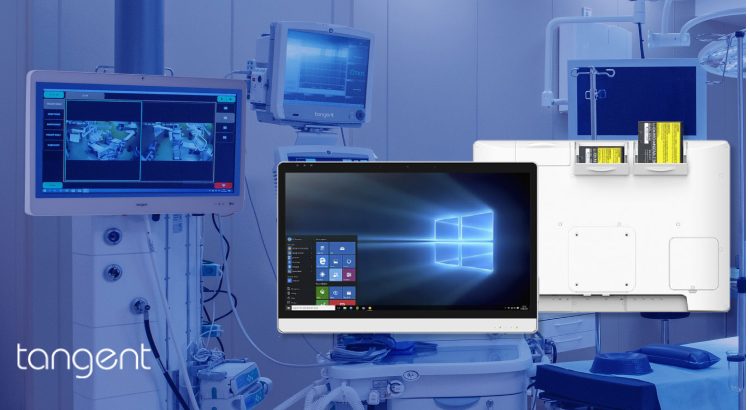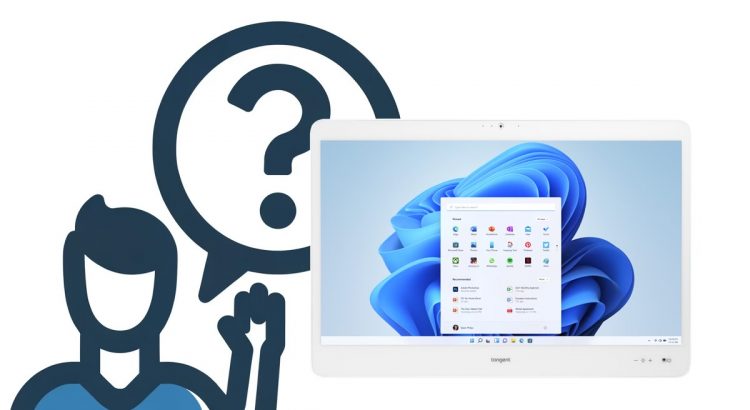In the fast-paced and high-stakes world of healthcare, technology plays a pivotal role in ensuring the safety, efficiency, and reliability of patient care. Among the myriad of tools and devices used in this environment, computers are indispensable. But this raises an important question: Are medical-grade computers required in healthcare settings? What Are Medical-Grade Computers? Medical-grade […]
Category: Medical Computer

What Are Medical Grade Computers?
What Makes a Computer “Medical Grade”? Medical-grade computers are engineered to meet specific safety and performance standards required in healthcare settings. One of the primary benchmarks is compliance with IEC/EN 60601 standards, which govern the safety and essential performance of medical electrical equipment. These standards ensure that the computers can operate safely in proximity to […]

What is a Medical-Grade Device?
Medical-grade devices are specifically designed to meet the stringent demands of healthcare environments. These devices comply with rigorous standards and certifications to ensure they are safe, reliable, and effective in medical settings. Typically, they adhere to the International Electrotechnical Commission (IEC) 60601 standards, which govern the safety and performance of medical electrical equipment. Medical-grade devices […]

What Computers Do Doctors Use?
In healthcare settings, computers are central to managing patient data, diagnostics, imaging, and daily workflows. Doctors and healthcare professionals rely on specialized medical-grade computers, all-in-one (AIO) systems, and tablets designed to meet the stringent demands of medical environments. These devices need to perform seamlessly, adhere to regulatory standards, and often withstand rigorous sterilization processes to […]

Medical Grade Computers Are Essential for Modern Healthcare, Here’s Why
In healthcare, the margin for error is razor-thin, and technology plays a crucial role in ensuring safety, efficiency, and accuracy. One of the most vital pieces of technology in medical environments is the medical-grade computer. But what exactly is a medical-grade computer, and why are these devices essential in healthcare facilities? In this article, we’ll […]

The Future of Healthcare Technology: Why You Need a Medical PC in Your Practice
The integration of cutting-edge tools is not just a convenience—it’s a necessity. Among these innovations, Medical PCs are becoming indispensable assets in hospitals, clinics, and healthcare facilities. But what exactly is a Medical PC, and why should healthcare providers be paying attention? What is a Medical PC? A Medical PC is a specialized computer designed […]

Why Choose Tangent for Medical Grade Computers and Tablets
Medical-grade computers and tablets are vital tools that support a range of critical applications, from patient monitoring and electronic health records (EHRs) to telemedicine and medical imaging. When choosing medical-grade technology, not all computers are created equal. This is where Tangent, a leader in manufacturing computers for the healthcare industry, comes into play. Let’s explore […]

What is a Medical Computer?
Technology is indispensable for delivering patient care these days. From managing patient records and overseeing medication orders to conducting diagnostic tests and facilitating telemedicine, healthcare professionals rely heavily on computers and other digital devices to carry out their responsibilities effectively. However, not just any computer can meet the demands of a hospital environment. It is […]

What is a Medical Computer?
VITA KW22 by AlexKT on Sketchfab VITA KW22 by AlexKT on Sketchfab https://blog.tangent.com/wp-content/uploads/2024/08/1.jpg Wondering what a medical computer is? In the healthcare industry, technology plays a crucial role in delivering patient care. From managing patient records and tracking medication orders to performing diagnostic tests and supporting telemedicine, healthcare professionals rely on computers and digital devices […]
Medical Computers Trusted Globally
Since the 90s, Tangent has been a reliable, trusted computer manufacturer pioneering products for medical use. We champion the industry by engineering state-of-the art medical products. Today, our products can be found in medical facilities globally. Hospitals, clinics, pop-up emergency tents use our computers to provide essential services- we couldn’t be prouder. To get here, […]
